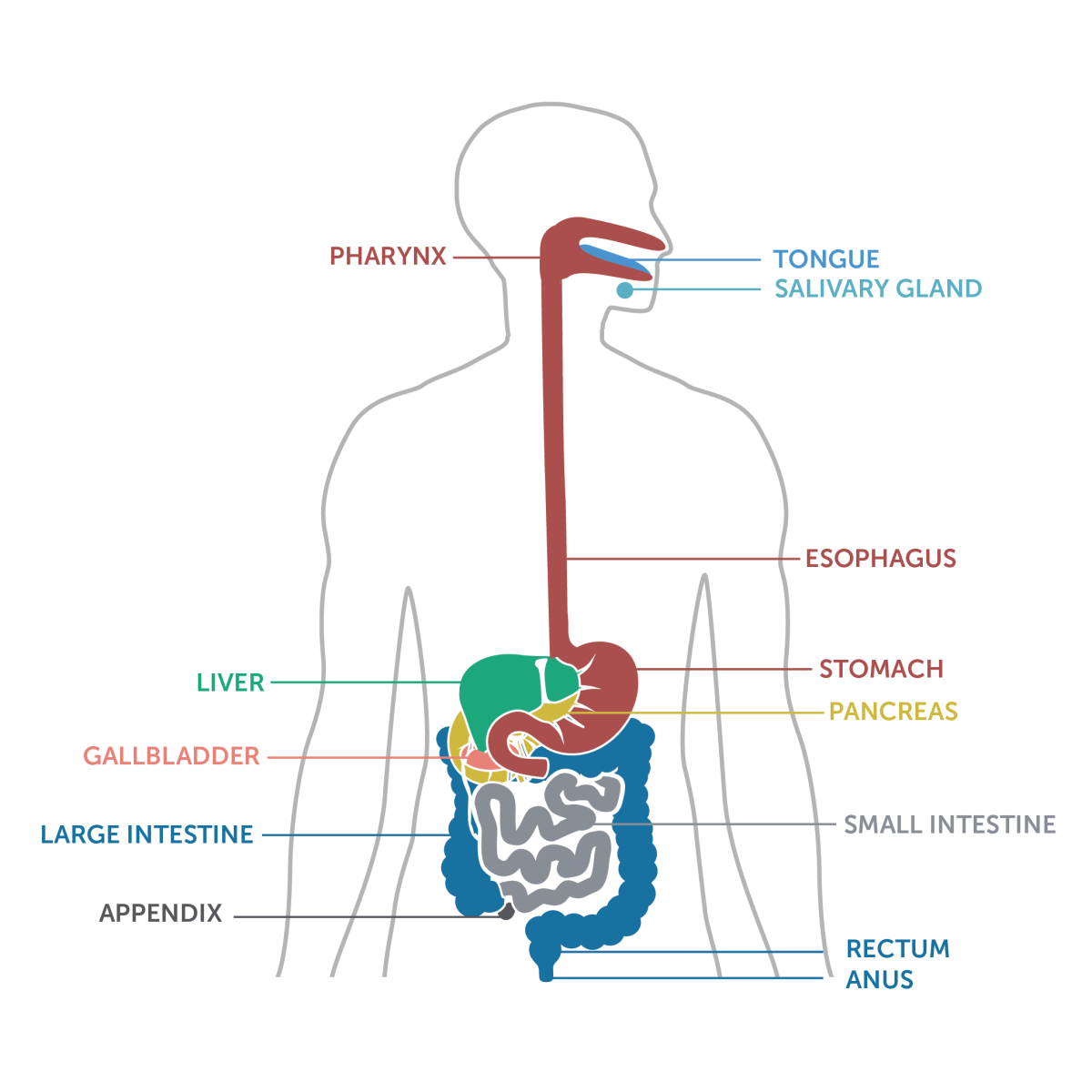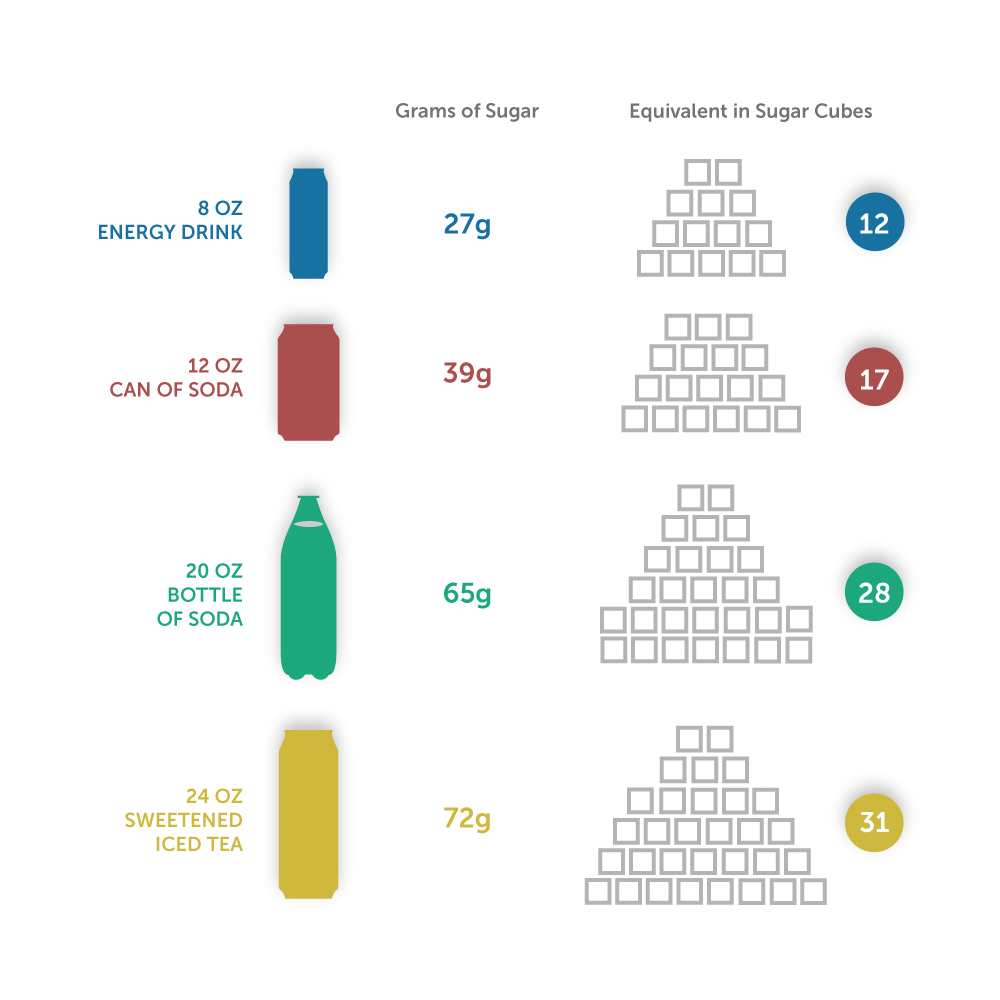Top 5 Takeaways from the Nourishment #WELLography
by Anja Mikic
International WELL Building Institute | Articles
We’re excited to share the Nourishment WELLography, your go-to guide for nutrition education and research-based interventions to help you fuel your body and design environments that support your health and well-being.
Here’s a little taste (pun intended) of what you can expect to find in the Nourishment WELLography:
Trust your gut. Did you know that about 5,000 different species of bacteria are estimated to live in the human gut? In fact, microbes in and on the human body outnumber the body’s cells ten to one. This community of microbes is your gut microbiome and is largely influenced by your diet. Read about which foods can help support a healthy and diverse gut microbiota in the Nourishment and the Human Body section of the WELLography.
Digest this. The digestive or gastrointestinal tract is about nine meters or 30 feet long! It’s comprised of several key organs as well as accessory organs with more specialized functions. You may be surprised to discover that the majority of food digestion and absorption actually occurs in the small intestine and not the stomach. Explore images and interactive figures throughout the WELLography.
Food for thought. Do you remember your last meal? How did it taste? Do you remember finishing it? In our increasingly fast-paced societies, we’re more prone to distracted and rushed eating. Research shows that these unhealthy habits may lead to overeating and influence our memories of food consumption. On the other hand, eating mindfully, without distractions and in a social atmosphere, may leave you more satisfied with both your lunch and your day. Read more about the ways you can support mindful eating in your buildings and communities in the Elements of Nourishment section of the WELLography.
Plant party. Looking to increase your intake of fruits and vegetables while also helping the earth, making some new friends and getting in some physical activity? You’re in luck. Gardening is associated with an increased consumption of fruits and vegetables and provides opportunities for socialization and nutrition education. Watch your plants and health grow as you participate in this fun activity. To read more about the benefits of gardening and local food production, click on “Read More” links for expanded summaries of research studies mentioned in the WELLography.
Drink up. Our bodies are approximately 50-60% water and rely on plenty of water to function properly. Easily accessible drinking water stations can help you stay hydrated and avoid symptoms of dehydration. Promoting water consumption can also help reduce the consumption of sugar-sweetened beverages, which are a leading source of added sugar consumption and associated with dental caries, dental erosion and type 2 diabetes. To learn more, explore interactive citations which link you to original research studies so you can dive deeper into your favorite topics.
To learn more about nutrition and the food environment, their relationship to health and buildings, and strategies to promote a healthy diet full of rich and nutritious foods, download, our new WELL app, Build WELL. Also, stay tuned for more WELLographies as they are rollout out on the app throughout the summer.
Anja Mikic serves as the WELL Nourishment subject matter expert and supports the Standard Development team with the research and development of WELL. She’s also an avid runner, avocado enthusiast, and can be found wandering about NYC.



